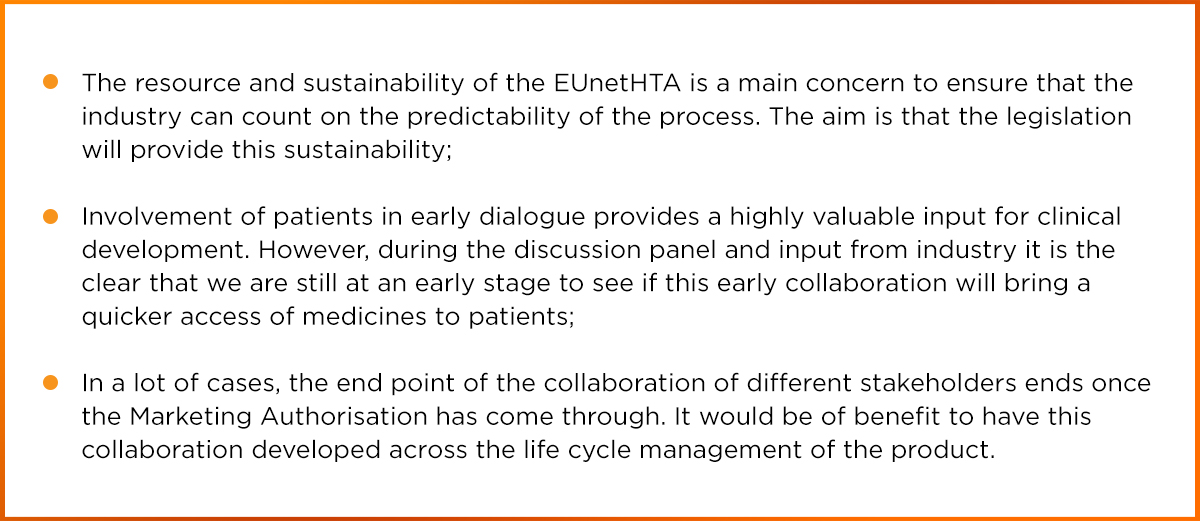Convergence with HTA – the effects on development and regulatory processes
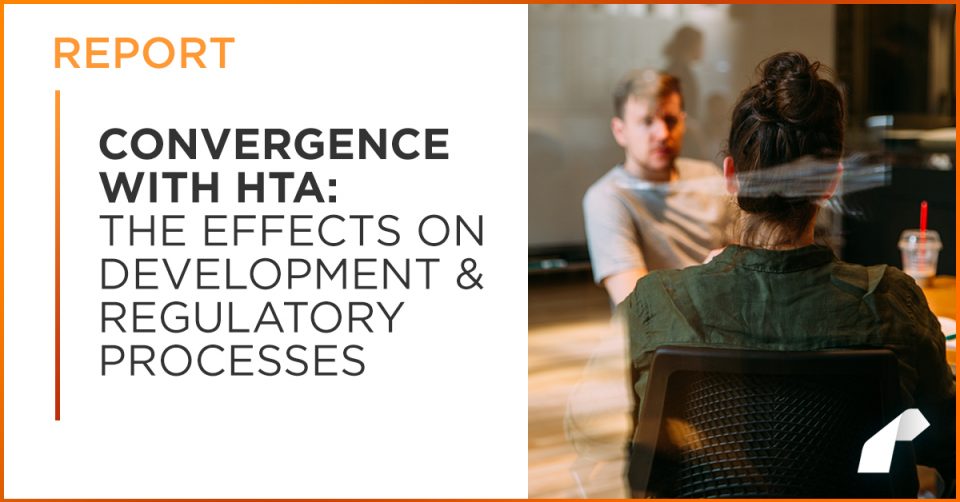
Chair: Susan Bhatti, Director EU Global Regulatory and Scientific Policy, Merck KGaA, Germany
Panelists:
- Derick Mitchell, Chief Executive, Irish Platform for Patient Organisations, Science & Industry (IPPOSI), Ireland
- Chantal Guilhaume, Scientific Project Manager, EUnetHTA JA3 at Haute Autorité de Santé, France
- Michael Berntgen, Head of Product Development Scientific Support Department, EMA
- Flora Giorgio, Head of Sector, HTA, Directorate General Health and Food Safety (DG SANTE), European Commission
Invited panelist, Simon Bennett – from the industry perspective
This session covered the benefit of Early Dialogue (ED) and involvement of patient population through Health Technology Assessment (HTA) in the early stage of drug development.
This session started by giving us an insight of patient perception and the purpose of IPPOSI, presented by Derick Mitchell. He expanded on the collaboration of patient groups with EUPATI (European Patients’ Academy), which provides patients with training and education to explain the clinical trial process and increase the willingness to engage with agencies and stakeholders. Patients trained and prepared for such interaction are more likely to be willing to participate.
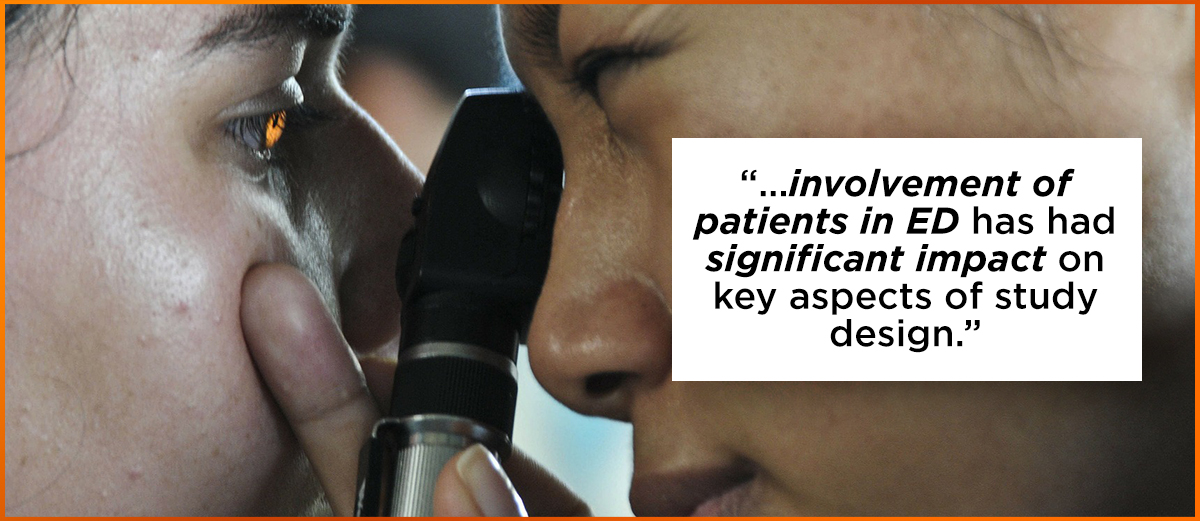
Since 2010 EMA has worked closely with EUnetHTA (European Network for Health Technology Assessment). The EMA-EUnetHTA collaboration aims to harness synergies between regulatory evaluation and HTA along the lifecycle of a medicine. Chantal Guilhaume gave an insight on the experience of EUnetHTA with Early Dialogues (ED) for pharmaceutical products. EMA-HTA parallel scientific advice is available to sponsors since July 2017.
Since then 80 requests from companies were received for ED and 30 of them were eligible. The type of eligible requests was mixed with 13 of them having Orphan status and divided equally between ATMP, biologics and chemical (9, 10, 11 respectively). As part of the ED, the patient is gradually involved under 3 approaches, from only an interview regarding the disease and their experience, which can lead to a discussion with local HTA Body regarding the submission file (without the applicant), to participation in the F2F meeting with the applicant.
Not all approaches are applicable to all EDs and patients. The main impact on patient involvement is shown in changes in clinical endpoint(s), adaptation of inclusion and exclusion criteria, and input on comparator arm. This shows that involvement of patients in ED has had significant impact on key aspects of study design.
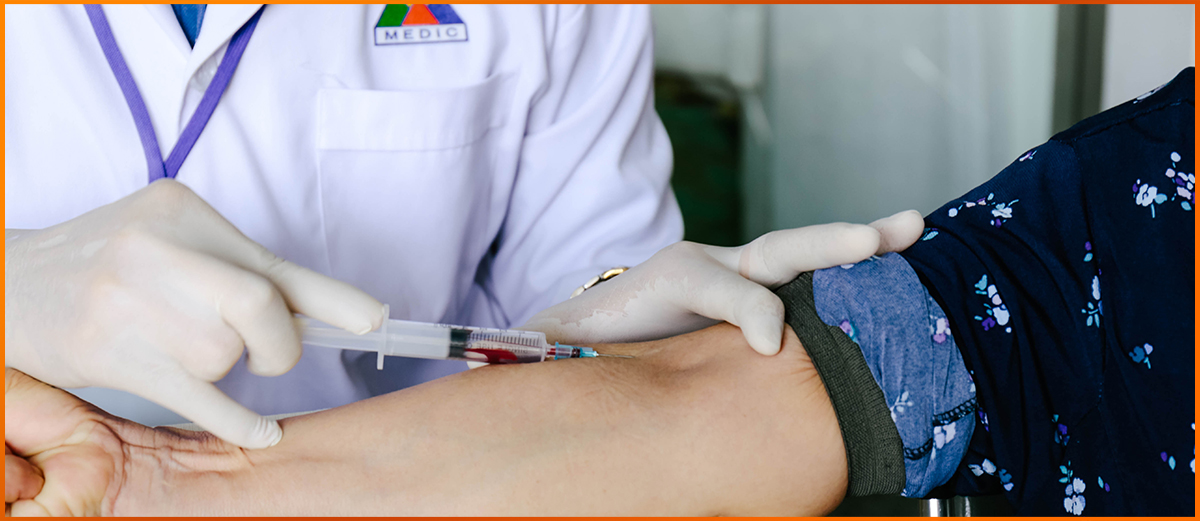
The experience above was reinforced by Michael Berntgen’s presentation. The main point of his presentation was that by involving different stakeholders we are looking at a more meaningful clinical evaluation. He demonstrated with concrete examples (Ocrevus) that different reviewers of clinical data will provide different outcomes. Regulators and HTAs have different requirements in terms of evidence and answer different questions. Therefore, if we aim at involving the key decision maker in early discussion, the outcome will show a consolidated clinical development plan and ultimately answer more accurately the requirement for product licensing. The increase of patient involvement through the EMA process has been shown in the scientific advice process (as mentioned above) but also part of the life cycle of the medicinal product, from pre-submission through to post-approval. This involvement has resulted in added value in many areas like offering different perspectives, raising issues not considered previously and mainly by bringing a real-life experience.
The status and future of the regulation surrounding interaction between regulators and HTA bodies was discussed as a last point by Flora Giorgio. The European Commission currently has a proposal for regulation on health technology assessment and amending Directive 2011/24/EU. The objectives of this proposal are to build on what is currently in place with EUnetHTA, to decrease the administrative duplication between the different stakeholders, to strengthen the quality of HTA across the EU and ensure its sustainability.
The discussion panel really brought into light the key points of these presentations and the future of these multidisciplinary interactions:
